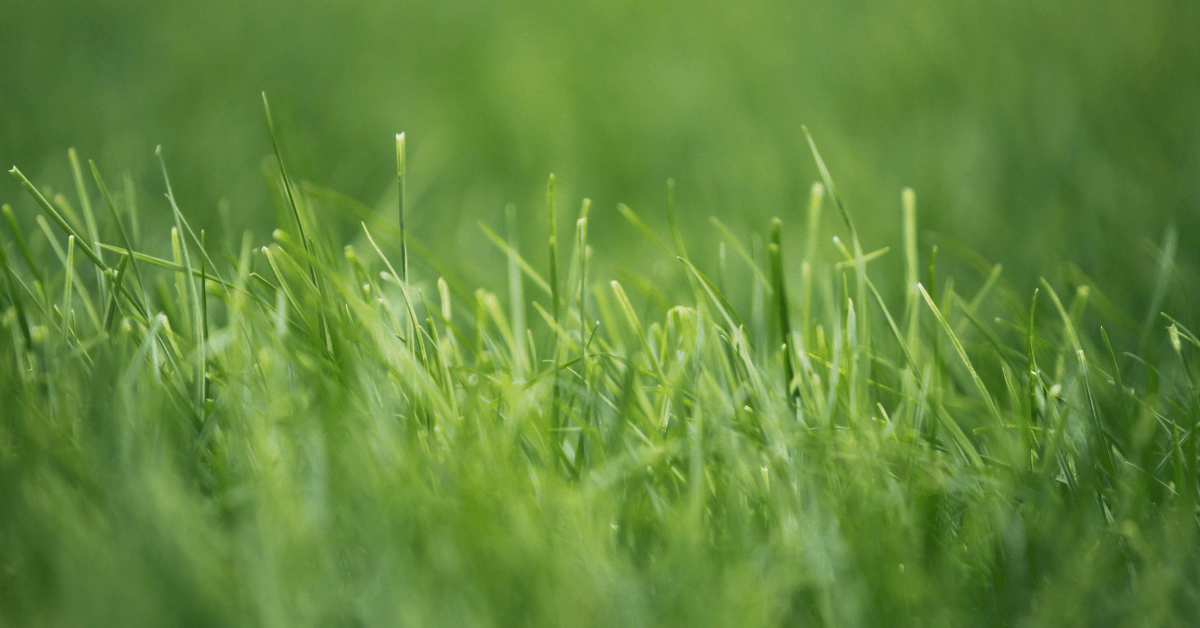Grazing 2022: Maintaining milk production alongside grass issues
Author: Jack Scallan
The last twelve months have seen many unprecedented changes in agriculture, both globally and domestically. The dairy industry did not escape these changes. There has been a major reduction in milk production globally due to mainly grain/feed and fertiliser prices which have increased exponentially over the last 18 months, while global demand has been maintained. This has led to the milk price increasing from about 30c/l base price to an unprecedented base price of about 52c/l over the same period.
Grass Quality and Quantity
In Ireland, milk production is mainly based on grass, which is a very variable product both in quantity and quality. This has been seen throughout the spring and early summer where growth rates were very good in January and February but were poor in late March and April to improve again in mid-May. This may well be the pattern for the rest of the year depending on rainfall.
Also, during this time, grass quality was very variable and this changed from week to week. Grass protein over the grazing period has been poor in general. Normally it should be around 22 to 28%, however it hardly reached 18-19% throughout the spring. Protein in the diet will drive milk yield but grass is the main source of protein in the diet of a spring calving herd. If dietary protein is low, then milk yield will be reduced and peak milk is not reached. An indication of low dietary protein is milk urea, which fluctuated quite a lot this spring/summer.
Energy and Fibre
Energy and fibre have been variable throughout the grazing period also. Fibre (NDF), though low at times, has been steadily increasing to normal levels lately, which means that rumen function will become more normalised. Both fibre and energy are a major influence on milk fat yield and the general good health of the animal, while energy is a major contributor to milk protein yield. Energy has also varied quite a bit over the grazing period but not as much as protein. Like protein, grass is the main contributor to dietary energy. Indications of low dietary energy are low milk protein and fat yields and poor fertility (though other factors can also influence fertility). Grass dry matter was in general low this spring/summer (approximately 15-16%) and this had a substantial effect on intake which limited the amount of protein and energy that the cow could get from grass.
Supplementation
With grass being so variable in quality and quantity, it will not meet the modern high yielding cow’s dietary requirements. Therefore, it may be necessary to introduce baled silage, maize or even pit silage to enhance dry matter intake. It is essential to supplement the cows with a good quality concentrate/ration (a minimum of 0.96 ufl and 100 grm/kg PDI made from good quality ingredients). A cow giving 26 lt/day would normally need about 3 kg of dairy nuts per day at grass. As grass is so variable, it is probably advisable to feed her 4-5kg /day to ensure she gets her daily dietary requirements. This will incur an extra cost, which will be offset by more consistent milk yield and quality, a stronger immune system (less infections, e.g., mastitis), and less fertility issues.
Contact your Cooney Furlong Farm Representative or call to any of our branches if you have queries about any issues raised in this article.
Further Information
To view more articles from our Summer Newsletter, please click here.
Get In Touch
For the most up to date information on our products and services, please click here or follow us on Facebook and Twitter.


